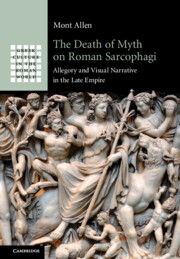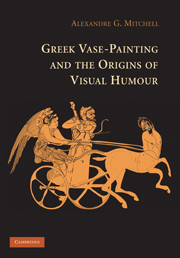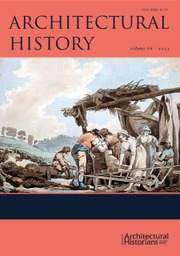The Death of Myth on Roman Sarcophagi
A strange thing happened to Roman sarcophagi in the third century: their Greek mythic imagery vanished. Since the beginning of their production a century earlier, these beautifully carved coffins had featured bold mythological scenes. How do we make sense of this imagery's own death on later sarcophagi, when mythological narratives were truncated, gods and heroes were excised, and genres featuring no mythic content whatsoever came to the fore? What is the significance of such a profound tectonic shift in the Roman funerary imagination for our understanding of Roman history and culture, for the development of its arts, for the passage from the High to the Late Empire and the coming of Christianity, but above all, for the individual Roman women and men who chose this imagery, and who took it with them to the grave? In this book, Mont Allen offers the clues that aid in resolving this mystery.
- Explores the disappearance of Greek mythic imagery from the Roman sarcophagi in the 3rd Century
- Makes the subject matter accessible to readers. Assumes no prior familiarity with Roman sarcophagi and little knowledge of ancient art generally
- One of only a handful of sarcophagus studies books in the field written in English
Reviews & endorsements
'I heartily recommend this book for scholars and students seeking new perspective on style and changing trends in Roman art broadly as well as for those wanting to drive discussion in a special topics class or graduate seminar … a successful, engaging, and compelling contribution to the field of Roman art history, particularly in the immense subfield of sarcophagi.' J. Cody Houseman, Bryn Mawr Classical Review
Product details
December 2022Hardback
9781316510919
325 pages
260 × 184 × 19 mm
0.77kg
Available
Table of Contents
- Introduction – the death of myth on Roman sarcophagi
- 1. Myth a casualty of Christianity
- 2. Bucolic sarcophagi and elite retreat
- 3. Refuge from the third-century crisis
- 4. Culture, status, and rising populism
- 5. Myth abstracted: from narrative to symbol
- 6. Distinguishing the mythological: function and form
- 7. Myth, history, and the desire for proximity
- Coda – myth revived: temporality and the afterlife.




